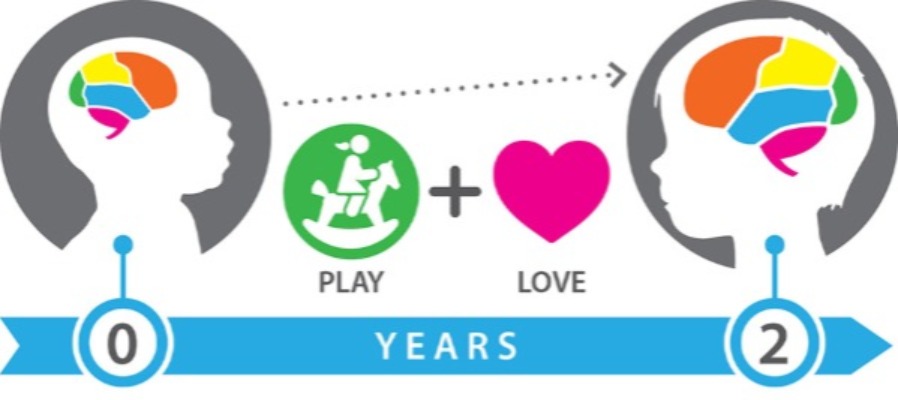Fine Motor Development: Essential Skills for Your Child's Growth
Fine motor development involves the growth and strengthening of the small muscles in the body, particularly those in the hands, feet, eyes, and mouth. While gross motor skills focus on endurance, strength, and large movements like jumping and throwing, fine motor skills are all about control, precision, and coordination. Think of activities like tying shoelaces, drawing, or threading beads – these all rely on fine motor development.
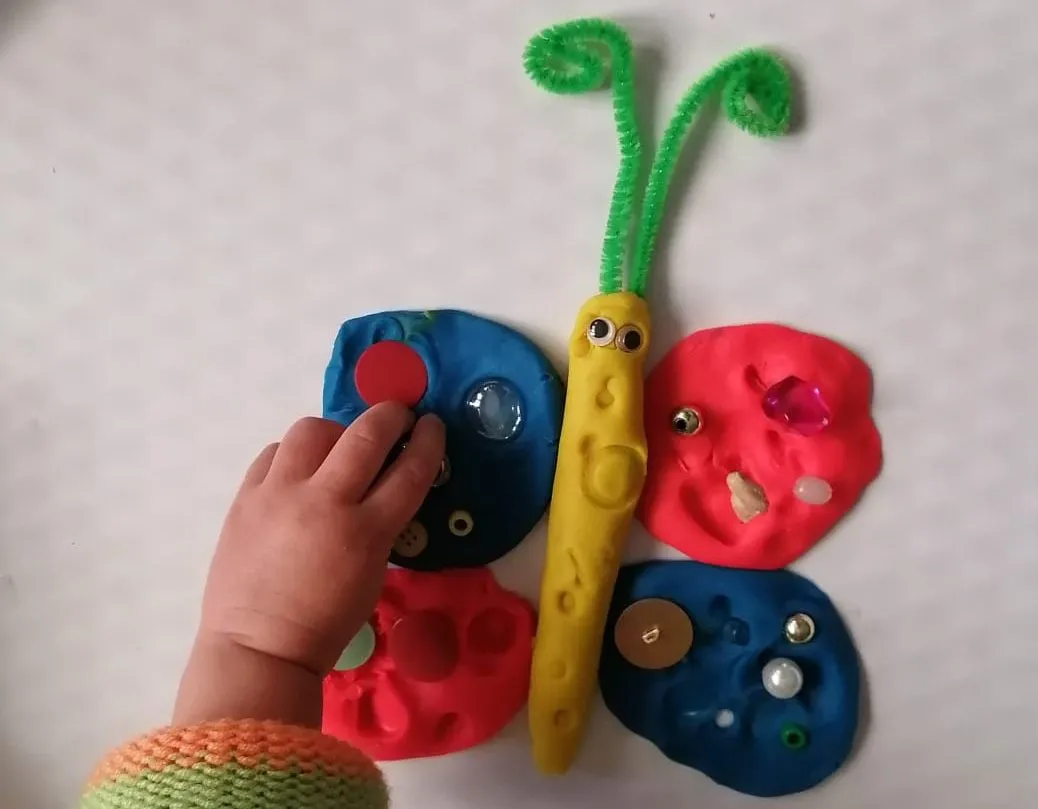
Understanding Fine Motor Development in Young Children
Fine motor skills are critical for children to engage in everyday tasks, such as:
- Self-Care: Managing buttons, zippers, shoelaces, brushing teeth, and feeding themselves.
- Outdoor Play: Gripping monkey bars and holding sports equipment.
- Play Activities: Threading, arts and crafts, puzzles, building with blocks, and dressing dolls.
- School Tasks: Cutting, writing, drawing, sticking, and turning pages.
Both large and small muscle groups work together to enable these daily activities. If children lack adequate fine motor development, they may struggle with these tasks, leading to frustration and a reluctance to engage in fine motor activities. This can impact their self-esteem as they observe their peers accomplishing tasks they find challenging. Consistent practice helps improve control and precision, building endurance in these small muscles, which enables children to participate in tasks for longer periods as they grow.
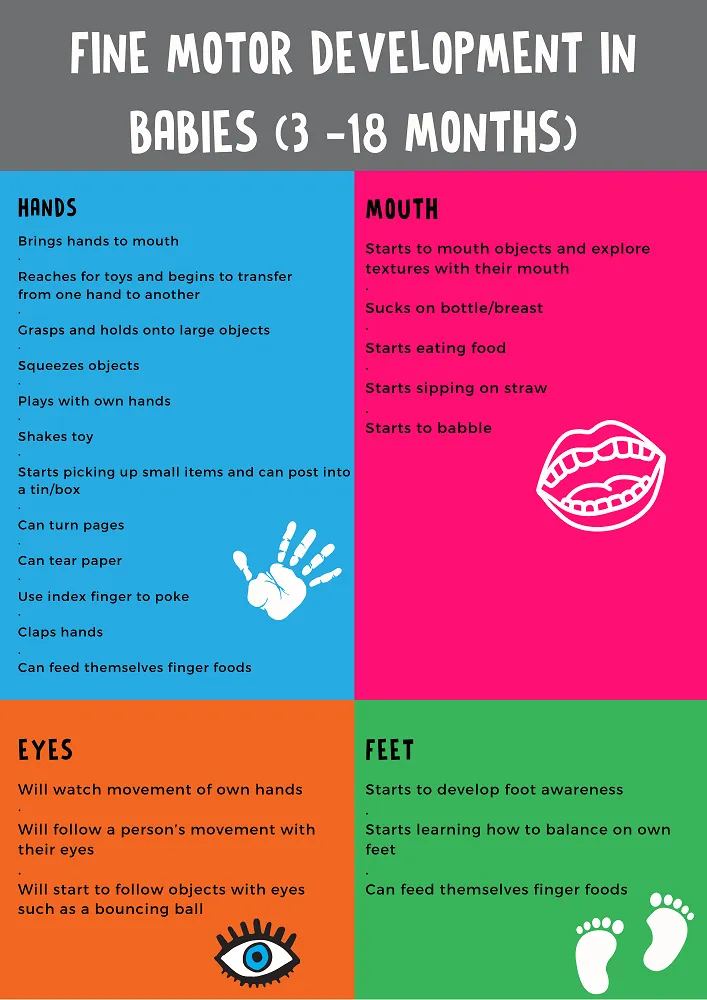
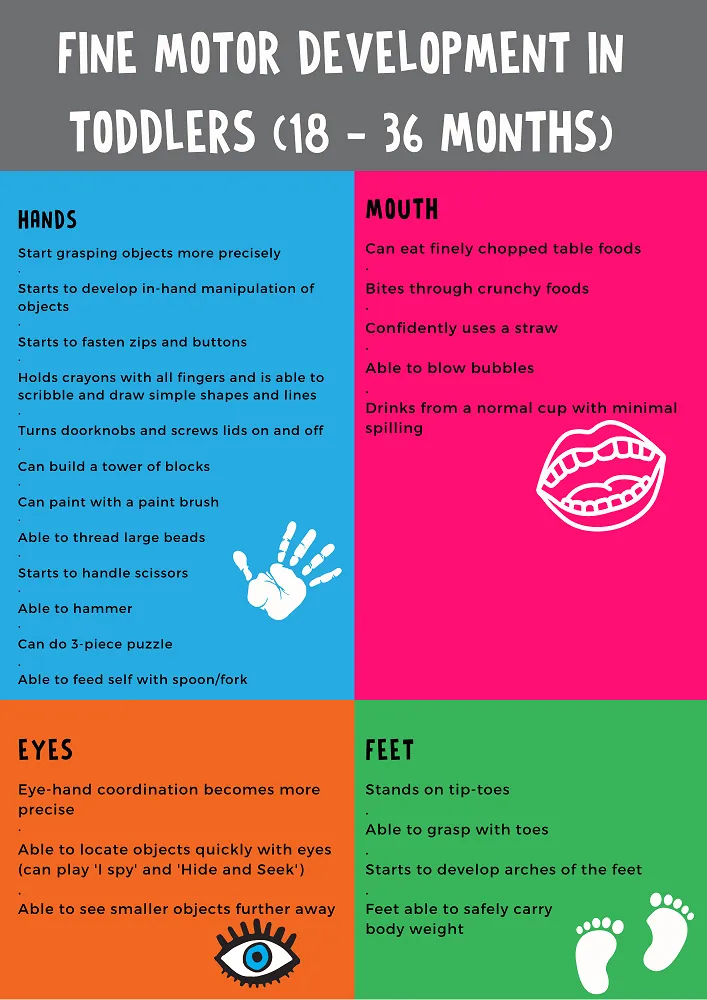
Hand Function Skills: A Key Focus
Hand function skills are particularly important during early schooling. Here are some essential components of fine motor development necessary for school success:
- Wrist, Hand, and Finger Strength: Weakness in these areas can cause children to tire quickly during activities like writing or drawing. Activities like playing with playdough or clay can build this strength.
- Fine Motor Control: Precision and control are crucial for the quality of a child's work.
- Eye-Hand Coordination: Good coordination helps children trace, draw, and color accurately.
- Pencil Grip: A proper pencil grip reduces strain on finger muscles and improves writing endurance.
- Separation of the Hand: This involves using the thumb, index, and middle fingers for holding a tool while the ring and small fingers provide stability.
- Refined Finger Movements: These small movements are essential for tasks like writing and coloring, impacting speed, coordination, and control.
Encouraging Fine Motor Development Through Play
Children’s ability to express themselves in school often depends on their writing skills. When fine motor skills are well-developed, children can focus on learning rather than struggling with basic tasks like holding a pencil or staying within the lines. This is why encouraging fine motor activities through play from an early age is so important.
Mouth, Eye, and Foot Muscles: Equally Important
The tiny muscles in the mouth, eyes, and feet play crucial roles as well. Mouth muscles aid in speech, eating, and drinking. Eye muscles help with tracking movements, which is essential for reading and copying from a board. Foot muscles support balance and standing, which are fundamental for overall physical development.
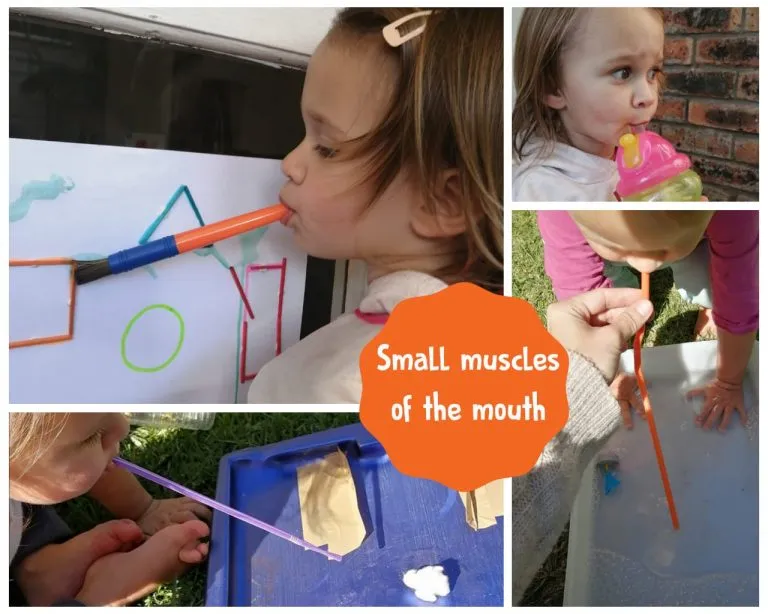
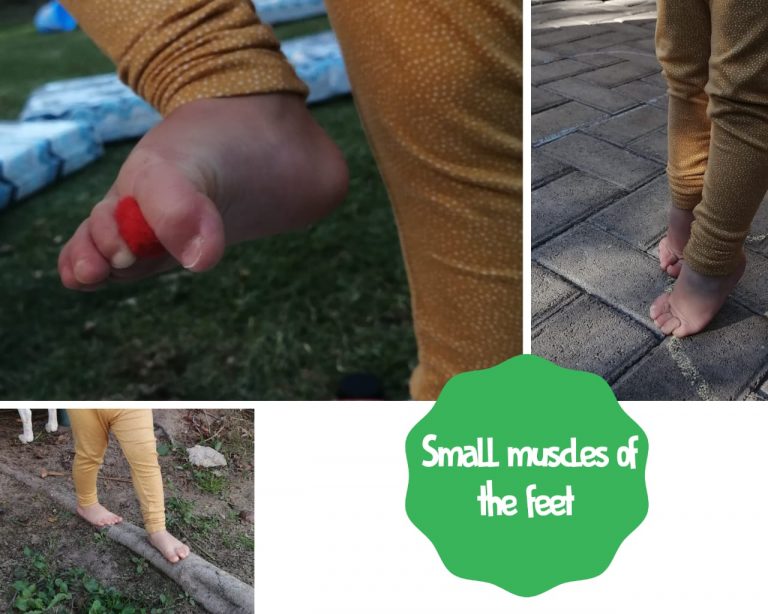
Fun Fine Motor Activities for Toddlers
Here are some Nanny ‘n Me inspired fine motor play activities that you can enjoy with your toddler:
- Playdough Sculpting: Great for building hand and finger strength.
- Threading Beads: Helps improve hand-eye coordination and precision.
- Drawing and Coloring: Encourages refined finger movements and control.
- Simple Puzzles: Enhances problem-solving skills and coordination.
- Using Child-Safe Scissors: Develops hand strength and control.
If you have any questions about fine motor development or how to adapt activities for your child, feel free to contact us. If you’re concerned about your child’s fine motor skills, consulting a qualified occupational therapist can help determine if they are developing at an age-appropriate level.



